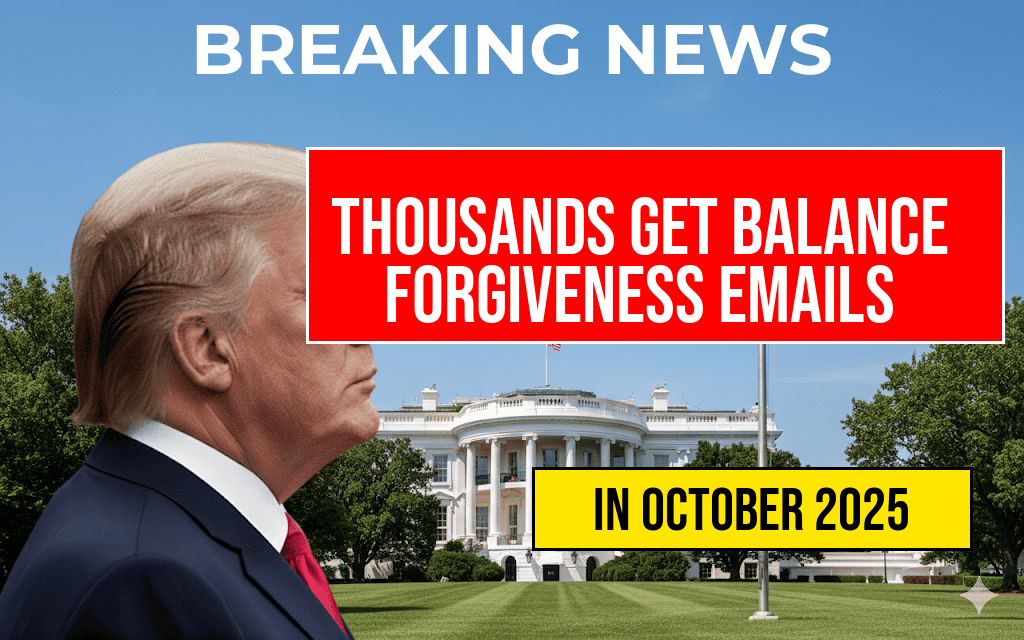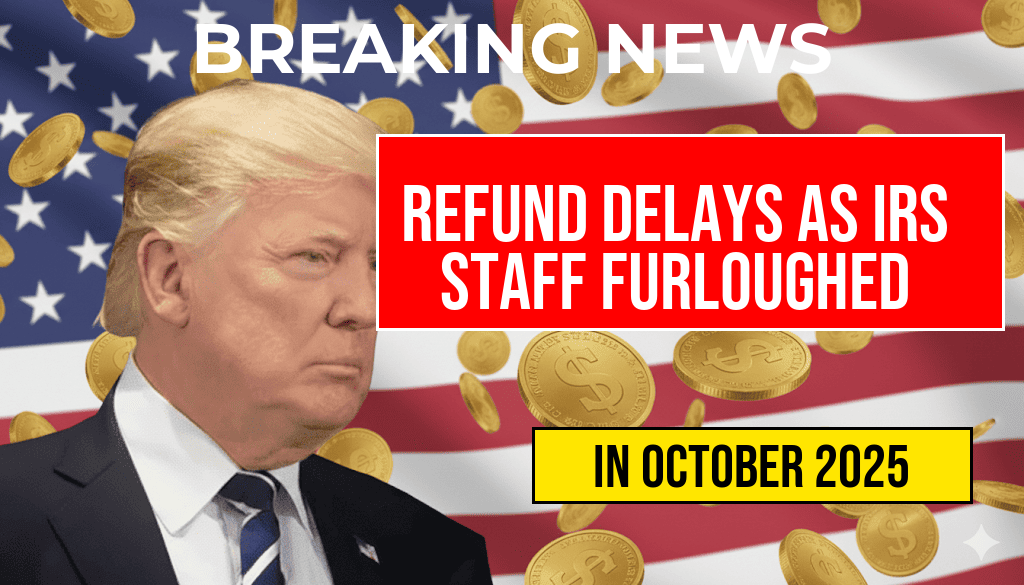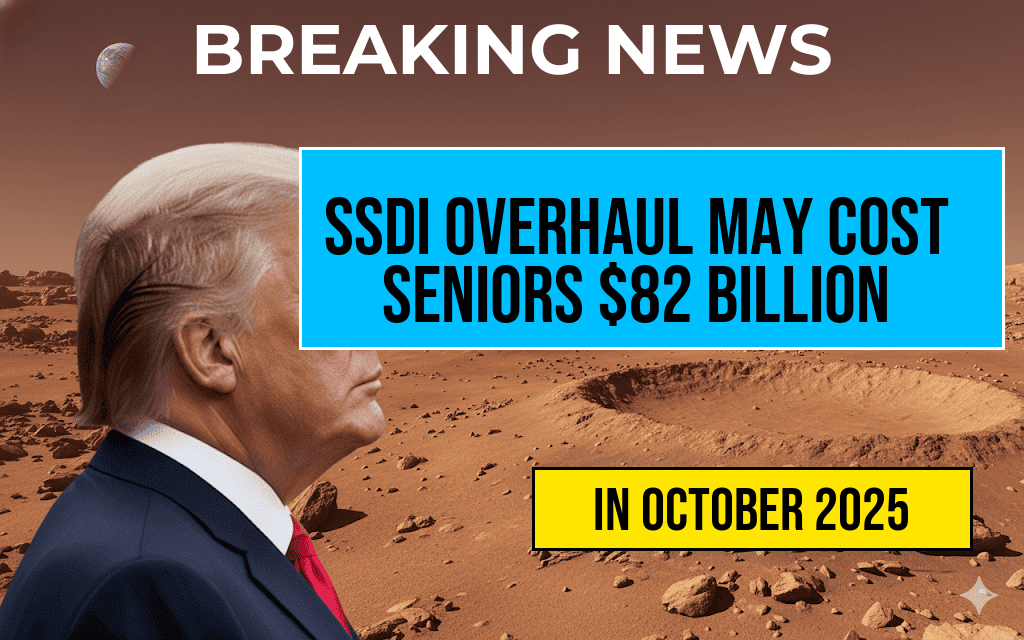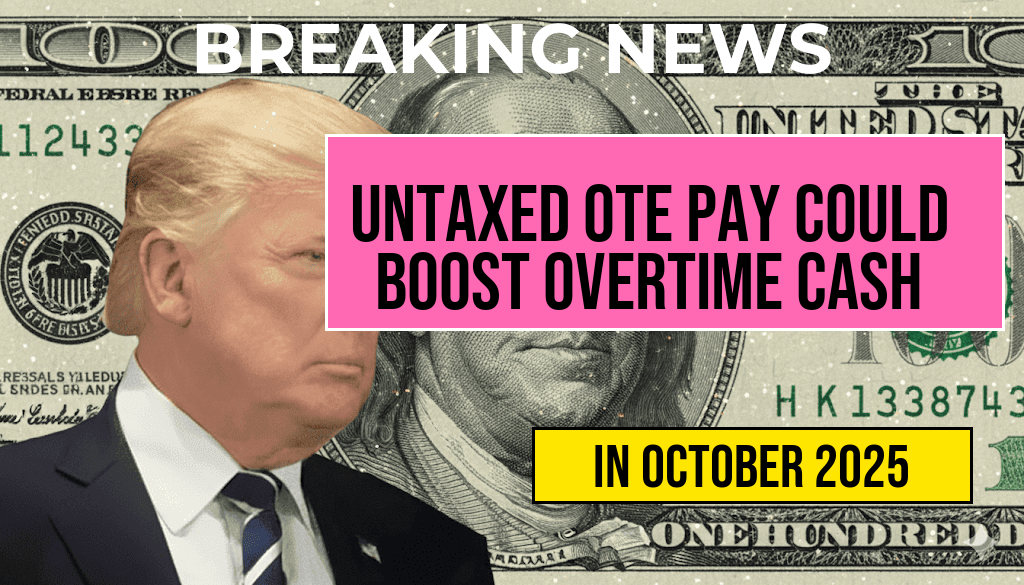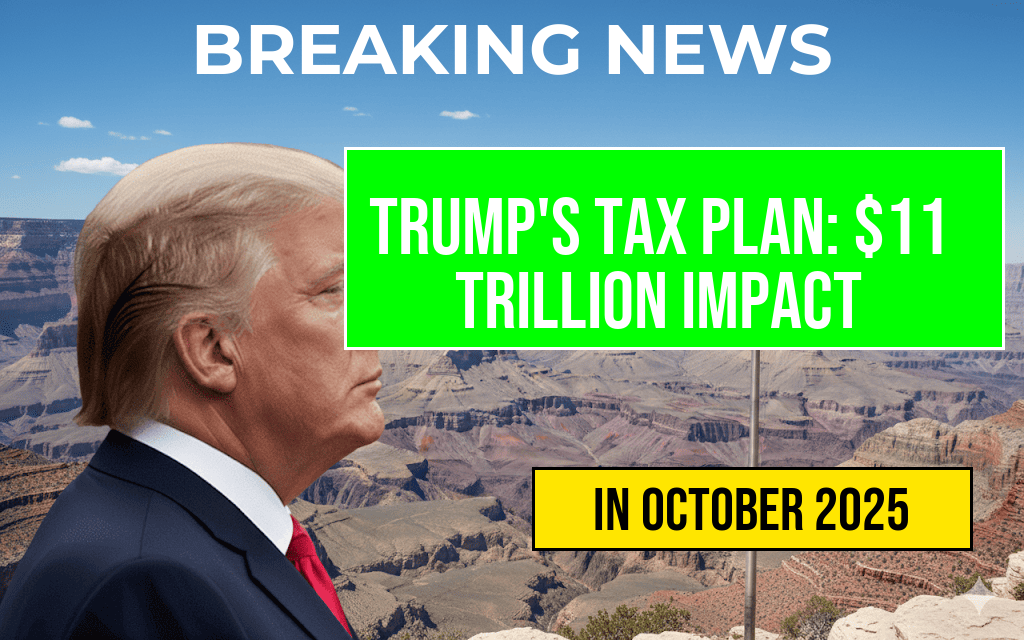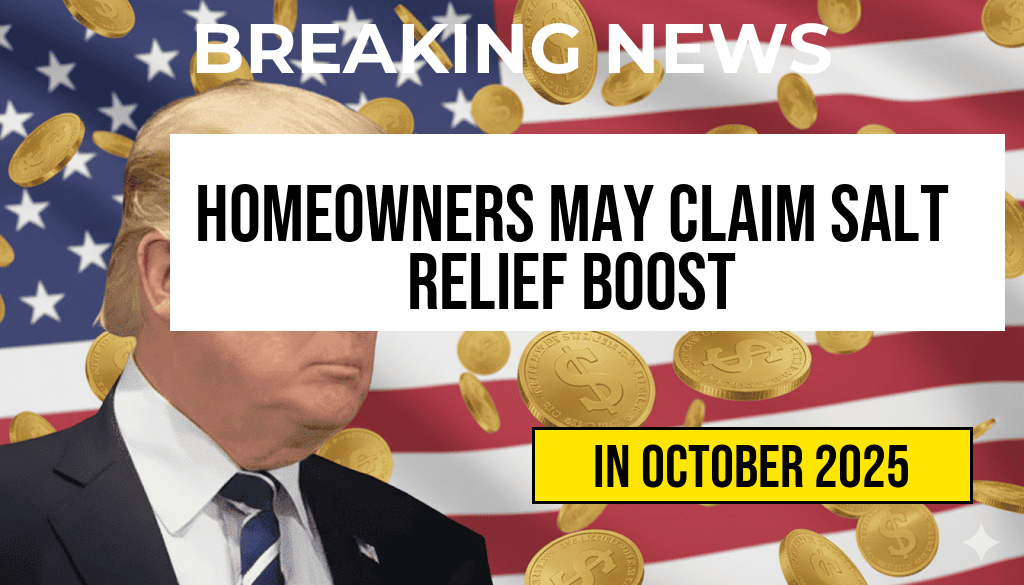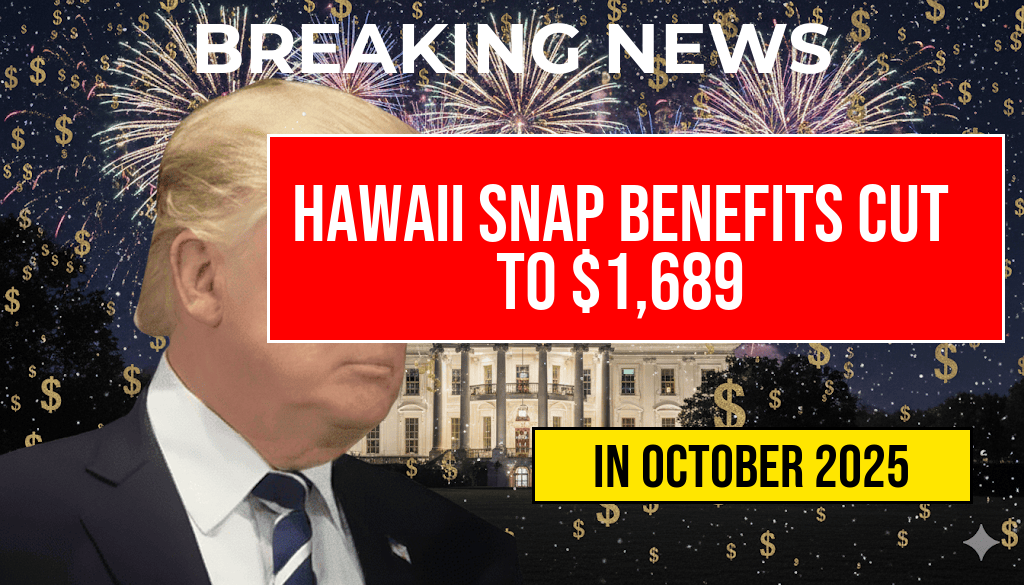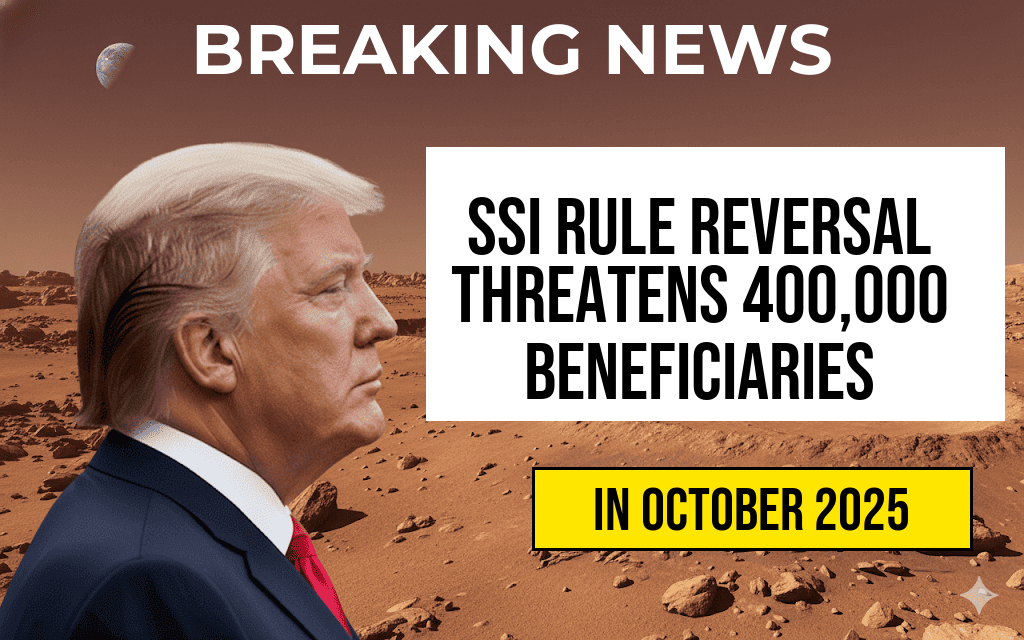In a surprising development, thousands of borrowers received emails notifying them that their student loan balances have been reduced to zero. This significant shift stems from recent federal initiatives aimed at addressing long-standing disparities in student loan forgiveness programs. With the Biden administration’s focus on alleviating the burden of student debt, many individuals who had previously been ineligible for loan forgiveness are now receiving relief. The implications of this move are profound, not just for the affected borrowers but also for the broader economy and financial landscape. As individuals find themselves debt-free, questions arise about the impact on consumer spending, credit scores, and future borrowing behaviors.
Background on Student Loan Forgiveness
Student loan forgiveness programs have existed for years, but recent changes have expanded eligibility criteria. Historically, many borrowers struggled to navigate the complex requirements, often missing out on relief due to bureaucratic hurdles. The Department of Education has taken steps to streamline these processes, making it easier for borrowers to qualify for forgiveness.
Key Changes Implemented
- Expanded Eligibility: More borrowers qualify for forgiveness under revised criteria.
- Automatic Adjustments: In many cases, balances are being automatically reduced without the need for applications.
- Focus on Equity: The initiative aims to address disparities in student loan burdens among different demographics.
Implications for Borrowers
The immediate impact for those receiving forgiveness is clear: a newfound financial freedom. Eliminating debt can significantly enhance borrowers’ financial stability and improve their credit scores, opening doors to better opportunities such as home ownership or investments. However, there are broader implications for the economy that deserve attention.
Economic Impact
As borrowers become debt-free, they are likely to increase their spending, contributing to economic growth. According to a Forbes article, consumer spending is a key driver of the U.S. economy, and reducing student debt could lead to increased purchases of homes, cars, and other goods.
Potential Challenges
While the news is largely positive, there are challenges ahead. The sudden influx of borrowers with zero balances may create a ripple effect in the student loan market. Financial institutions could face pressure as borrowers reassess their financial strategies. Additionally, there are concerns about the sustainability of forgiveness programs and whether they will continue to be funded in the future.
Understanding the Broader Context
This recent wave of forgiveness emails is part of a larger trend in U.S. policy aimed at reforming student debt. The administration has proposed additional measures to help alleviate the burden of student loans, including potential changes to repayment plans and interest rates.
Future of Student Loans
The future of student loans remains uncertain as policymakers grapple with balancing the need for accessible education funding and the risks associated with student debt. Discussions surrounding public service loan forgiveness and income-driven repayment plans continue, with many advocating for further reforms.
What Borrowers Should Do Now
For those who received forgiveness, it is advisable to review their financial situations. Understanding how a zero balance impacts credit scores and future borrowing is essential. Here are some steps to consider:
- Check Credit Reports: Ensure that the loan balances are accurately reflected.
- Budgeting: Reassess budgets to accommodate potential changes in spending habits.
- Stay Informed: Keep up with any future changes in student loan policies that may affect financial planning.
Conclusion
The recent news of thousands of borrowers receiving forgiveness emails marks a significant shift in the landscape of student debt in the United States. As borrowers adjust to their new financial realities, the effects will likely resonate throughout the economy. Ongoing discussions about the future of student loans and forgiveness programs will be critical in shaping the financial landscape for generations to come.
Frequently Asked Questions
What does it mean to receive a forgiveness email regarding my loans?
Receiving a forgiveness email indicates that your loan balance has been reduced to $0, meaning you are no longer required to repay the full amount. This is part of a broader initiative aimed at debt relief for borrowers.
How did my loan balance get reduced to zero?
The reduction of your loan balance to $0 is likely due to recent policy changes or programs designed to provide debt forgiveness. These programs may target specific loan types or borrower situations.
What are the implications of having my loan balance forgiven?
Having your loan balance forgiven can significantly impact your financial situation. It may improve your credit score, increase your disposable income, and allow you to allocate funds towards other financial goals.
Will this forgiveness affect my taxes?
In many cases, loan forgiveness can be considered taxable income. It’s important to consult a tax professional to understand how this may impact your tax obligations and whether you will owe taxes on the forgiven amount.
What should I do if I didn’t receive a forgiveness email?
If you did not receive a forgiveness email, check with your loan servicer to understand your eligibility for any forgiveness programs. There may be options available to you depending on your specific circumstances.

